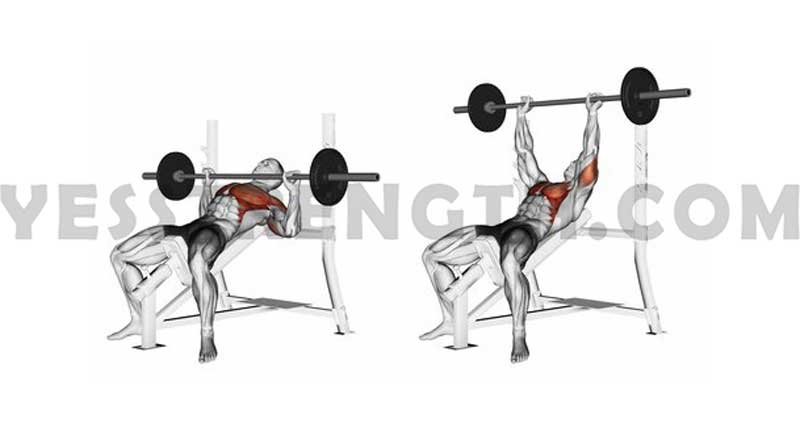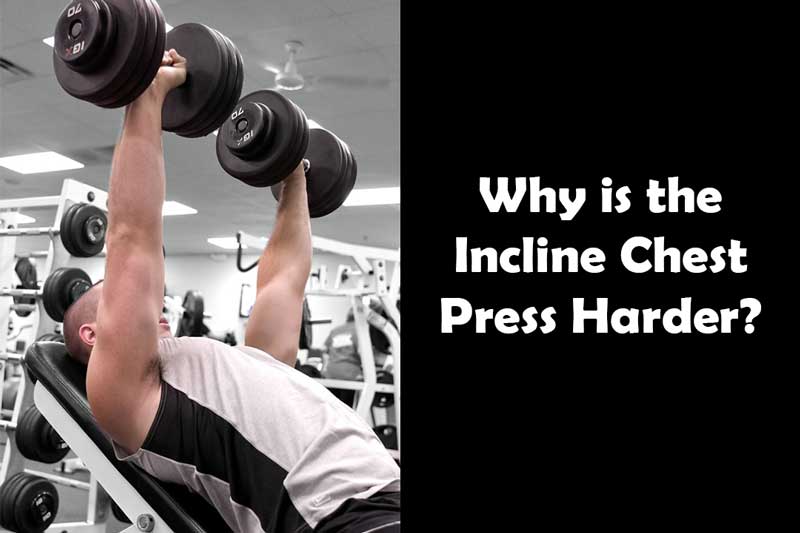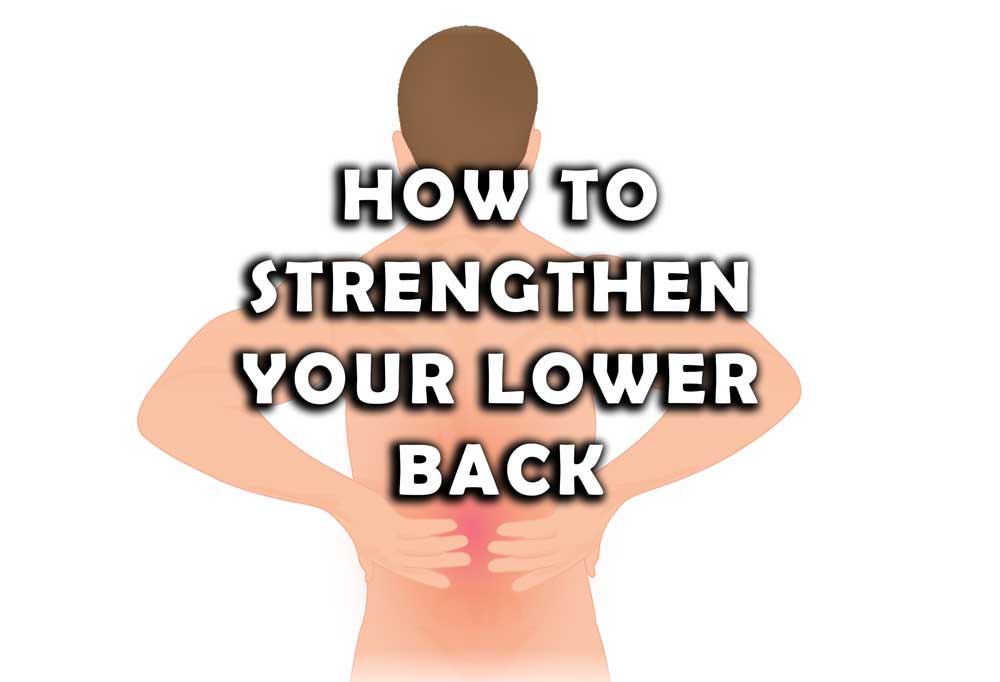Taking up a heavy weight thinking ‘oh! I have done it with a flat bench, I can do it with an incline bench as well’ and then getting on the incline bench and now you can only do a few repetitions. Now, you must be wondering why is the incline chest press harder and more challenging? Well, let’s dive into it in more detail in this article.
The inclined chest press is a popular exercise that focuses on developing the upper chest muscles. However, many individuals find that this exercise is more challenging compared to other chest exercises.
In this article, we will explore the reasons why the incline chest press is harder and the benefits it offers for your overall fitness goals.
Understanding the Incline Chest Press
The incline chest press is a resistance training exercise that primarily targets the upper chest muscles, including the clavicular head of the pectoralis major. This exercise is designed to activate the upper chest muscles and to bring over all aesthetics to the chest appearance.
This exercise is performed on an inclined bench set at an angle of approximately 30 to 45 degrees.
During the incline chest press, the individual lies back on the bench and pushes` dumbbells or a barbell upward from their chest to a fully extended arm position.
Anatomy of the Chest Muscles
To comprehend why the incline chest press is harder, it’s essential to understand the anatomy of the chest muscles.
The chest, or pectoral muscles, consist of the pectoralis major and pectoralis minor. The pectoralis major is further divided into clavicular and sternal heads.
The clavicular head, located in the upper chest, is the primary target of the incline chest press.
Muscles Targeted in the Incline Chest Press
The inclined chest press primarily targets the upper chest muscles, namely the clavicular head of the pectoralis major. Additionally, it engages the anterior deltoids (front shoulders) and the triceps brachii (back of the upper arm).
Why is the Incline Chest Press Harder?

1) Increased Range of Motion
One reason the incline chest press is harder is the increased range of motion it requires. When compared to the flat bench press, the incline bench necessitates lifting the weight through a longer distance.
This extended range of motion puts additional stress on the upper chest muscles, leading to a more challenging exercise.
2) Additional Shoulder Involvement
Another factor that contributes to the difficulty of the incline chest press is the increased involvement of the shoulder muscles.
The incline angle places the shoulders in a position that requires greater stability and strength. As a result, the deltoids and triceps are also engaged during the exercise, making it more demanding overall.
Targeting the Upper Chest
Incline exercises, such as the inclined chest presses, are crucial for targeting the upper chest muscles.
The upper chest is often less developed compared to the lower chest due to the natural anatomical position of the clavicular head.
By performing incline exercises, you can focus on this specific area and create a well-balanced and aesthetically pleasing chest.
Some benefits of Incline Chest Press
1) Muscle Imbalances and Weaknesses
Many individuals experience muscle imbalances or weaknesses in their upper chest. The incline chest press helps address these issues by specifically targeting and strengthening the clavicular head of the pectoralis major. By incorporating this exercise into your routine, you can correct asymmetries and develop a more balanced chest.
2) Enhanced Core Activation
Performing the incline chest press requires increased core activation compared to the flat bench press. The incline angle puts the body in a less stable position, demanding greater core engagement for balance and control. Consequently, the incline chest press not only works the chest muscles but also provides an opportunity to strengthen the core.
Form and Technique
Proper form and technique are crucial when performing the incline chest press. Maintaining a stable and controlled movement throughout the exercise ensures maximum muscle activation and minimizes the risk of injury.
It’s important to maintain a slight arch in the lower back, keep the shoulders retracted, and focus on a slow and controlled descent and ascent of the weights.
You might also like:
Why is an Incline Chest Press harder than a Flat Bench Press?
1) Muscle activation
The incline chest press shifts the emphasis from the middle and lower chest to the upper chest and shoulders.
The incline angle increases the activation of the clavicular head of the pectoralis major (upper chest), which is typically weaker and less developed than the sternal head (middle chest).
Additionally, the incline position also increases the involvement of the anterior deltoids (shoulders), making it more demanding.
2) Mechanical disadvantage
In the incline position, the arms are positioned above the chest, resulting in a less mechanically advantageous position compared to the flat chest press.
This can make it harder to generate force and lift heavier weights.
How to make Incline Chest Press Easier?
1) Decrease the incline angle
Adjusting the incline bench to a less steep angle can reduce the difficulty. Gradually decrease the incline until you find a level that challenges you appropriately without being too strenuous.
2) Reduce the weight
Lowering the amount of weight you’re lifting can help make the exercise more manageable. Focus on maintaining proper form and gradually increase the weight as your strength improves.
3) Modify the exercise
If you’re still finding it difficult, you can modify the exercise by using dumbbells instead of a barbell.
Dumbbells allow for more freedom of movement and can sometimes be easier to handle.
Alternatively, you can try using resistance bands or perform push-ups on an inclined surface to work the same muscle groups in a less demanding manner.
Progressive Overload
To continue making progress with your chest development, it’s important to implement the principle of progressive overload. This means gradually increasing the weight or resistance used during the incline chest press over time.
By challenging your muscles with progressively heavier loads, you stimulate growth and strength gains in the upper chest.
Training Variation and Muscle Adaptation
Incorporating the incline chest press into your routine offers training variation, which is essential for muscle adaptation and growth.
By introducing new exercises like the incline press, you break through plateaus and stimulate your muscles in different ways. This leads to continuous progress and prevents stagnation in your chest development.
Incorporating the Incline Chest Press into Your Routine
To effectively target your upper chest and incorporate the inclined chest press into your routine, you can follow a sample workout plan.
Begin with a dynamic warm-up to prepare your muscles and joints for the upcoming exercise. Then, perform three sets of eight to twelve repetitions of the inclined chest press, gradually increasing the weight as you progress.
Safety Considerations
Safety should always be a priority when engaging in any exercise routine. Before performing the incline chest press, it’s important to warm up adequately to prevent injuries.
Additionally, ensure that you maintain proper form throughout the exercise, avoid using excessively heavy weights, and listen to your body’s limitations to prevent strains or sprains.
The Importance of Rest and Recovery
While consistent training is essential for progress, rest and recovery are equally important. Allow your chest muscles time to repair and grow by incorporating rest days into your routine.
This allows for muscle adaptation and prevents overtraining, which can hinder your results. Aim for at least one to two days of rest per week to optimize your chest development.
Common Mistakes to Avoid
To get the most out of your inclined chest press and avoid injury, it’s important to be mindful of common mistakes.
Some mistakes to avoid include arching the lower back excessively, bouncing the weights off the chest, using momentum to lift the weights, and neglecting proper breathing techniques.
So, by addressing these mistakes, you can optimize your inclined chest press and minimize the risk of injury.
Conclusion
The incline chest press is a harder and a challenging exercise, yet a highly effective exercise for targeting the upper chest muscles. Its difficulty arises from factors such as the increased range of motion, additional shoulder involvement, and the demand for core activation.
By incorporating the inclined chest press into your workout routine with proper form and technique, you can build a well-rounded and impressive chest.
FAQs
1. Will the inclined chest press help me develop a wider chest?
The inclined chest press primarily targets the upper chest muscles, which can contribute to the appearance of a wider chest over time.
2. Can women benefit from performing the incline chest press?
Yes, women can benefit from including the incline chest press in their workout routine. It helps strengthen and tone the upper chest muscles, further leading to a more defined and balanced physique.
3. How often should I perform the inclined chest press?
You can perform the inclined chest press one to two times a week, allowing at least one day of rest between sessions to promote muscle recovery and growth.
4. Is it normal to feel soreness in the upper chest after performing the inclined chest press?
Yes, it is normal to experience muscle soreness in the upper chest after an intense workout. This indicates that your muscles have been effectively stimulated and are in the process of repairing and growing.
5. Can I substitute the inclined chest press with other chest exercises?
While the inclined chest press specifically targets the upper chest, there are other exercises that can also be beneficial. However, it’s important to include incline exercises in your routine to fully develop and strengthen your upper chest muscles.
And Always Say Yes to Strength





